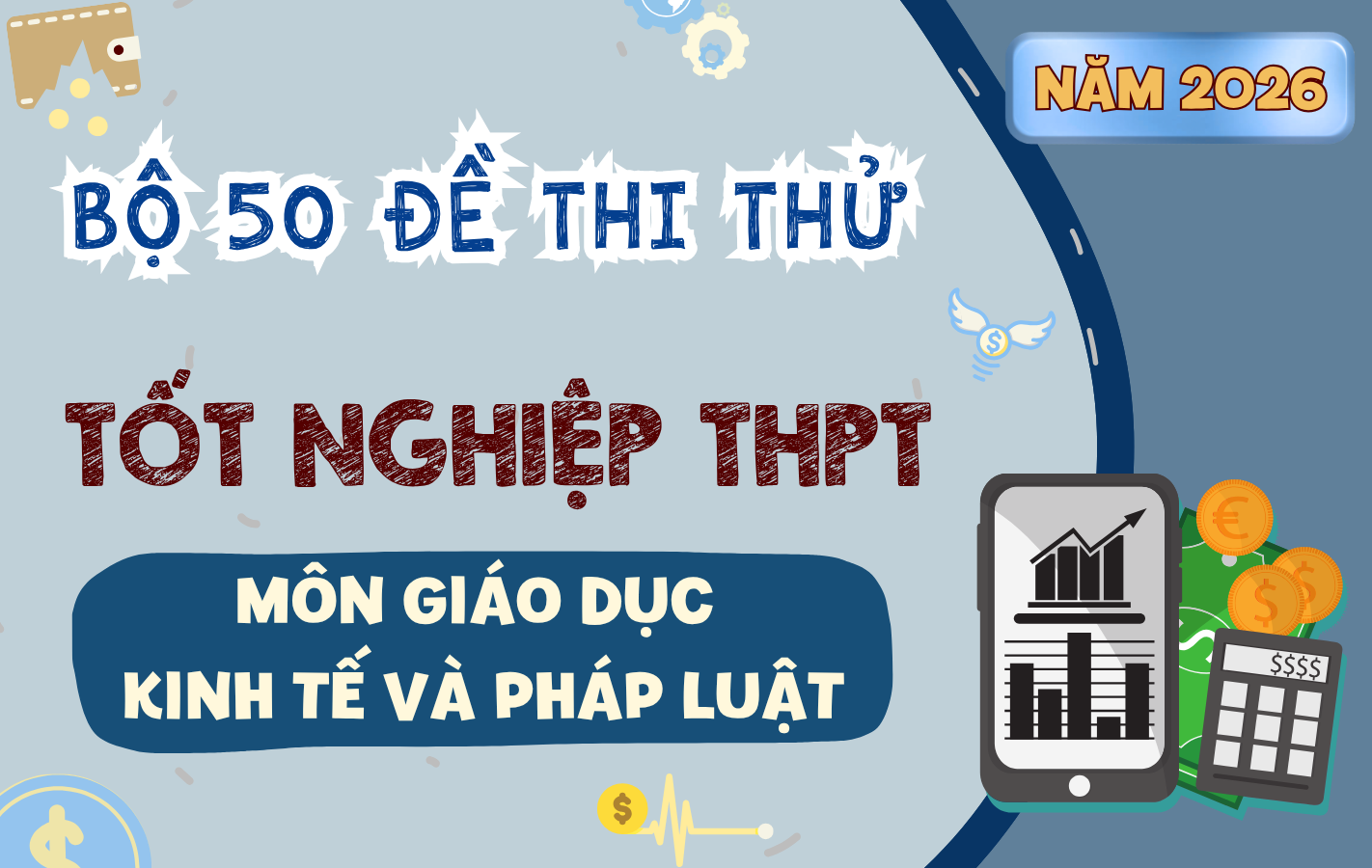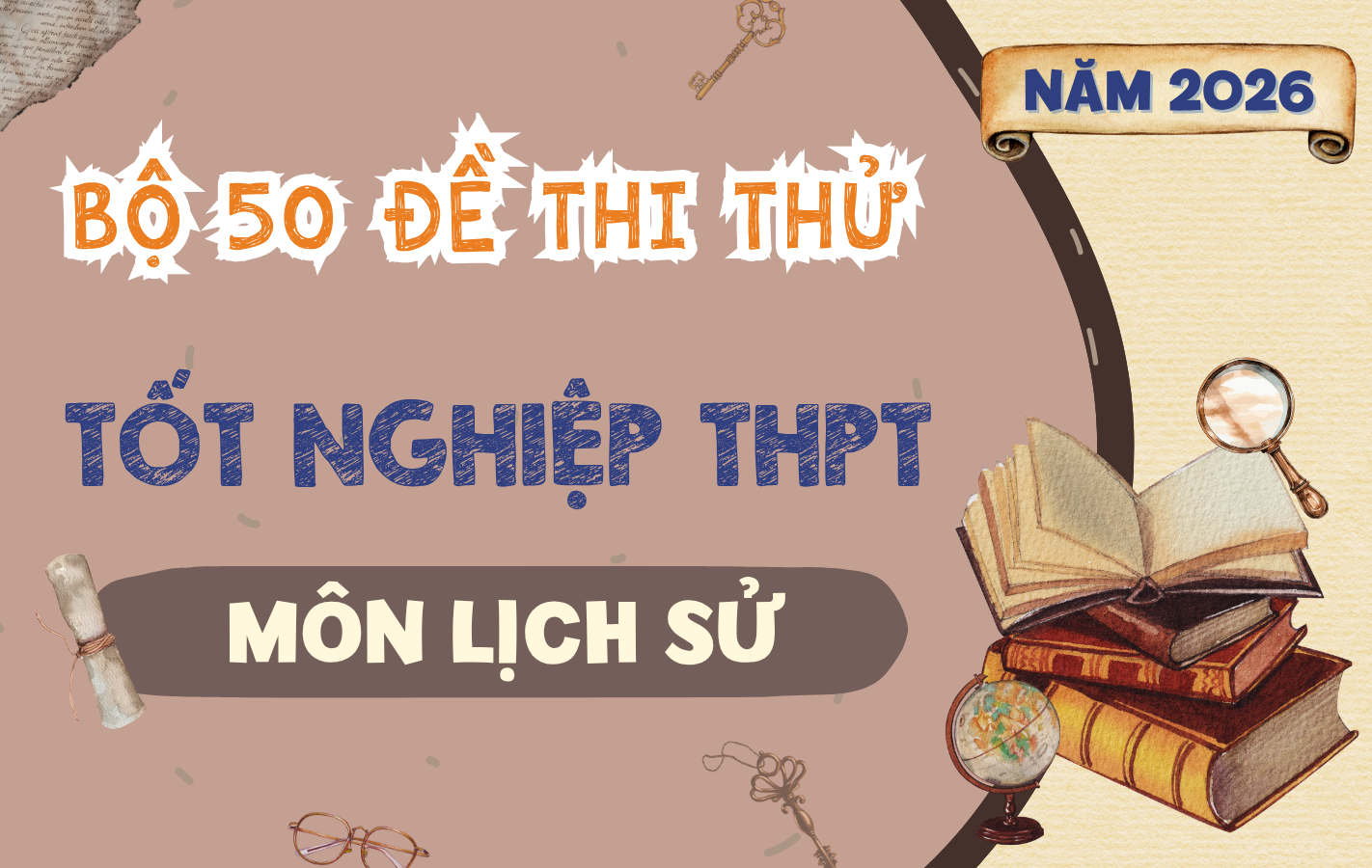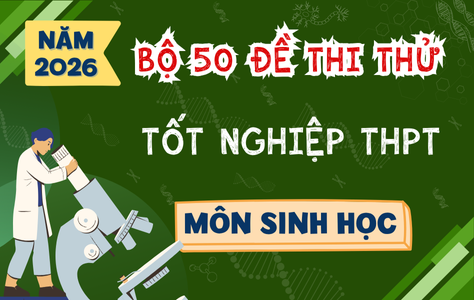Câu hỏi:
Read the following passage about cultural diversity and mark the letter A, B, C, or D to indicate the option that best fits each of the following questions from 31 to 40.
[I] Belgium features a fascinating mix of ancient traditions and contemporary legislation, showcasing the country’s rich history. [II] In Belgium, the families of the bride and groom each pitch in by providing a sheet of paper for the wedding invitations, in line with a long-standing tradition. [III] The wedding invitations symbolize the new partnership and the merging of the two families. [IV]
In an old Belgian tradition meant to bring the two families closer together, the bride would pause halfway down the aisle to give her mother a solitary flower. They hold each other’s arms. The newlyweds then make their way to the groom’s mother-in-law during the recessional, where the bride presents her with a solitary flower as a token of her affection. As a sign of the bride’s acceptance of her new mother, they embrace.
Carrying a uniquely embroidered handkerchief bearing the bride’s name is one of the most significant and long-standing customs of the Belgian wedding. This handkerchief will be framed and displayed in a special spot after the wedding. Before each subsequent female member of the bride’s family is married, the handkerchief is taken out of its frame, embroidered with the name of the new bride, and then passed down through the generations. A bridal handkerchief is a treasured memento that is passed down through the generations.
There are two big chairs placed near the altar where the bride and groom sit during the wedding mass, representing their throne as king and queen for the day and the location. As the ceremony comes to a close, the groom places the wedding ring on the third finger of the bride’s left hand. Because it is a circle, the ring represents love that knows no bounds, and the third finger of the left hand represents love because it is thought to hold the vein that goes to the heart. Soon after the wedding, the newlyweds kiss for the first time as husband and wife. Because each partner takes a breath of their new spouse’s spirit, the kiss is a metaphor for the couple’s spiritual union.
Traditionally, as the bride and husband leave the church, the bridesmaids gather a handful of pennies and then scatter them among the less fortunate outside. The happy couple might increase their chances of financial success by donating to charity.
A honeymoon is for the newlyweds after the wedding. Honey wine, or mead, was traditionally drunk during the 28-day honeymoon, which corresponds to one lunar cycle, in ancient times. The purpose of this was to prevent the bride’s relatives from attempting to reclaim their daughter from her husband.
Where in paragraph 1 does the following sentence best fit?
Marriages in Belgium can take place as either civil or religious ceremonies.
Đáp án đúng:
Câu hỏi này thuộc đề thi trắc nghiệm dưới đây, bấm vào Bắt đầu thi để làm toàn bài
Câu hỏi liên quan
Read the following passage about cultural diversity and mark the letter A, B, C, or D to indicate the option that best fits each of the following questions from 31 to 40.
[I] Belgium features a fascinating mix of ancient traditions and contemporary legislation, showcasing the country’s rich history. [II] In Belgium, the families of the bride and groom each pitch in by providing a sheet of paper for the wedding invitations, in line with a long-standing tradition. [III] The wedding invitations symbolize the new partnership and the merging of the two families. [IV]
In an old Belgian tradition meant to bring the two families closer together, the bride would pause halfway down the aisle to give her mother a solitary flower. They hold each other’s arms. The newlyweds then make their way to the groom’s mother-in-law during the recessional, where the bride presents her with a solitary flower as a token of her affection. As a sign of the bride’s acceptance of her new mother, they embrace.
Carrying a uniquely embroidered handkerchief bearing the bride’s name is one of the most significant and long-standing customs of the Belgian wedding This handkerchief will be framed and displayed in a special spot after the wedding Before each subsequent female member of the bride’s family is married, the handkerchief is taken out of its frame, embroidered with the name of the new bride, and then passed down through the generations A bridal handkerchief is a treasured memento that is passed down through the generations
There are two big chairs placed near the altar where the bride and groom sit during the wedding mass, representing their throne as king and queen for the day and the location As the ceremony comes to a close, the groom places the wedding ring on the third finger of the bride’s left hand. Because it is a circle, the ring represents love that knows no bounds, and the third finger of the left hand represents love because it is thought to hold the vein that goes to the heart. Soon after the wedding, the newlyweds kiss for the first time as husband and wife. Because each partner takes a breath of their new spouse’s spirit, the kiss is a metaphor for the couple’s spiritual union.
Traditionally, as the bride and husband leave the church, the bridesmaids gather a handful of pennies and then scatter them among the less fortunate outside. The happy couple might increase their chances of financial success by donating to charity.
A honeymoon is for the newlyweds after the wedding. Honey wine, or mead, was traditionally drunk during the 28-day honeymoon, which corresponds to one lunar cycle, in ancient times. The purpose of this was to prevent the bride’s relatives from attempting to reclaim their daughter from her husband
The phrase ‘pitch in’ in paragraph 1 could be best replaced by ______
Read the following passage about cultural diversity and mark the letter A, B, C, or D to indicate the option that best fits each of the following questions from 31 to 40.
[I] Belgium features a fascinating mix of ancient traditions and contemporary legislation, showcasing the country’s rich history. [II] In Belgium, the families of the bride and groom each pitch in by providing a sheet of paper for the wedding invitations, in line with a long-standing tradition. [III] The wedding invitations symbolize the new partnership and the merging of the two families. [IV]
In an old Belgian tradition meant to bring the two families closer together, the bride would pause halfway down the aisle to give her mother a solitary flower. They hold each other’s arms. The newlyweds then make their way to the groom’s mother-in-law during the recessional, where the bride presents her with a solitary flower as a token of her affection. As a sign of the bride’s acceptance of her new mother, they embrace.
Carrying a uniquely embroidered handkerchief bearing the bride’s name is one of the most significant and long-standing customs of the Belgian wedding This handkerchief will be framed and displayed in a special spot after the wedding Before each subsequent female member of the bride’s family is married, the handkerchief is taken out of its frame, embroidered with the name of the new bride, and then passed down through the generations A bridal handkerchief is a treasured memento that is passed down through the generations
There are two big chairs placed near the altar where the bride and groom sit during the wedding mass, representing their throne as king and queen for the day and the location As the ceremony comes to a close, the groom places the wedding ring on the third finger of the bride’s left hand. Because it is a circle, the ring represents love that knows no bounds, and the third finger of the left hand represents love because it is thought to hold the vein that goes to the heart. Soon after the wedding, the newlyweds kiss for the first time as husband and wife. Because each partner takes a breath of their new spouse’s spirit, the kiss is a metaphor for the couple’s spiritual union.
Traditionally, as the bride and husband leave the church, the bridesmaids gather a handful of pennies and then scatter them among the less fortunate outside. The happy couple might increase their chances of financial success by donating to charity.
A honeymoon is for the newlyweds after the wedding. Honey wine, or mead, was traditionally drunk during the 28-day honeymoon, which corresponds to one lunar cycle, in ancient times. The purpose of this was to prevent the bride’s relatives from attempting to reclaim their daughter from her husband
The word ‘they’ in paragraph 2 refers to ______
Read the following passage about cultural diversity and mark the letter A, B, C, or D to indicate the option that best fits each of the following questions from 31 to 40.
[I] Belgium features a fascinating mix of ancient traditions and contemporary legislation, showcasing the country’s rich history. [II] In Belgium, the families of the bride and groom each pitch in by providing a sheet of paper for the wedding invitations, in line with a long-standing tradition. [III] The wedding invitations symbolize the new partnership and the merging of the two families. [IV]
In an old Belgian tradition meant to bring the two families closer together, the bride would pause halfway down the aisle to give her mother a solitary flower. They hold each other’s arms. The newlyweds then make their way to the groom’s mother-in-law during the recessional, where the bride presents her with a solitary flower as a token of her affection. As a sign of the bride’s acceptance of her new mother, they embrace.
Carrying a uniquely embroidered handkerchief bearing the bride’s name is one of the most significant and long-standing customs of the Belgian wedding This handkerchief will be framed and displayed in a special spot after the wedding Before each subsequent female member of the bride’s family is married, the handkerchief is taken out of its frame, embroidered with the name of the new bride, and then passed down through the generations A bridal handkerchief is a treasured memento that is passed down through the generations
There are two big chairs placed near the altar where the bride and groom sit during the wedding mass, representing their throne as king and queen for the day and the location As the ceremony comes to a close, the groom places the wedding ring on the third finger of the bride’s left hand. Because it is a circle, the ring represents love that knows no bounds, and the third finger of the left hand represents love because it is thought to hold the vein that goes to the heart. Soon after the wedding, the newlyweds kiss for the first time as husband and wife. Because each partner takes a breath of their new spouse’s spirit, the kiss is a metaphor for the couple’s spiritual union.
Traditionally, as the bride and husband leave the church, the bridesmaids gather a handful of pennies and then scatter them among the less fortunate outside. The happy couple might increase their chances of financial success by donating to charity.
A honeymoon is for the newlyweds after the wedding. Honey wine, or mead, was traditionally drunk during the 28-day honeymoon, which corresponds to one lunar cycle, in ancient times. The purpose of this was to prevent the bride’s relatives from attempting to reclaim their daughter from her husband
According to paragraph 2, which of the things is TRUE as a factor that brings the two families closer together?
Read the following passage about cultural diversity and mark the letter A, B, C, or D to indicate the option that best fits each of the following questions from 31 to 40.
[I] Belgium features a fascinating mix of ancient traditions and contemporary legislation, showcasing the country’s rich history. [II] In Belgium, the families of the bride and groom each pitch in by providing a sheet of paper for the wedding invitations, in line with a long-standing tradition. [III] The wedding invitations symbolize the new partnership and the merging of the two families. [IV]
In an old Belgian tradition meant to bring the two families closer together, the bride would pause halfway down the aisle to give her mother a solitary flower. They hold each other’s arms. The newlyweds then make their way to the groom’s mother-in-law during the recessional, where the bride presents her with a solitary flower as a token of her affection. As a sign of the bride’s acceptance of her new mother, they embrace.
Carrying a uniquely embroidered handkerchief bearing the bride’s name is one of the most significant and long-standing customs of the Belgian wedding This handkerchief will be framed and displayed in a special spot after the wedding Before each subsequent female member of the bride’s family is married, the handkerchief is taken out of its frame, embroidered with the name of the new bride, and then passed down through the generations A bridal handkerchief is a treasured memento that is passed down through the generations
There are two big chairs placed near the altar where the bride and groom sit during the wedding mass, representing their throne as king and queen for the day and the location As the ceremony comes to a close, the groom places the wedding ring on the third finger of the bride’s left hand. Because it is a circle, the ring represents love that knows no bounds, and the third finger of the left hand represents love because it is thought to hold the vein that goes to the heart. Soon after the wedding, the newlyweds kiss for the first time as husband and wife. Because each partner takes a breath of their new spouse’s spirit, the kiss is a metaphor for the couple’s spiritual union.
Traditionally, as the bride and husband leave the church, the bridesmaids gather a handful of pennies and then scatter them among the less fortunate outside. The happy couple might increase their chances of financial success by donating to charity.
A honeymoon is for the newlyweds after the wedding. Honey wine, or mead, was traditionally drunk during the 28-day honeymoon, which corresponds to one lunar cycle, in ancient times. The purpose of this was to prevent the bride’s relatives from attempting to reclaim their daughter from her husband
Which of the following best summarises paragraph 3?
Read the following passage about cultural diversity and mark the letter A, B, C, or D to indicate the option that best fits each of the following questions from 31 to 40.
[I] Belgium features a fascinating mix of ancient traditions and contemporary legislation, showcasing the country’s rich history. [II] In Belgium, the families of the bride and groom each pitch in by providing a sheet of paper for the wedding invitations, in line with a long-standing tradition. [III] The wedding invitations symbolize the new partnership and the merging of the two families. [IV]
In an old Belgian tradition meant to bring the two families closer together, the bride would pause halfway down the aisle to give her mother a solitary flower. They hold each other’s arms. The newlyweds then make their way to the groom’s mother-in-law during the recessional, where the bride presents her with a solitary flower as a token of her affection. As a sign of the bride’s acceptance of her new mother, they embrace.
Carrying a uniquely embroidered handkerchief bearing the bride’s name is one of the most significant and long-standing customs of the Belgian wedding This handkerchief will be framed and displayed in a special spot after the wedding Before each subsequent female member of the bride’s family is married, the handkerchief is taken out of its frame, embroidered with the name of the new bride, and then passed down through the generations A bridal handkerchief is a treasured memento that is passed down through the generations
There are two big chairs placed near the altar where the bride and groom sit during the wedding mass, representing their throne as king and queen for the day and the location As the ceremony comes to a close, the groom places the wedding ring on the third finger of the bride’s left hand. Because it is a circle, the ring represents love that knows no bounds, and the third finger of the left hand represents love because it is thought to hold the vein that goes to the heart. Soon after the wedding, the newlyweds kiss for the first time as husband and wife. Because each partner takes a breath of their new spouse’s spirit, the kiss is a metaphor for the couple’s spiritual union.
Traditionally, as the bride and husband leave the church, the bridesmaids gather a handful of pennies and then scatter them among the less fortunate outside. The happy couple might increase their chances of financial success by donating to charity.
A honeymoon is for the newlyweds after the wedding. Honey wine, or mead, was traditionally drunk during the 28-day honeymoon, which corresponds to one lunar cycle, in ancient times. The purpose of this was to prevent the bride’s relatives from attempting to reclaim their daughter from her husband
The word ‘scatter’ in paragraph 5 is OPPOSITE in meaning to ______
Read the following passage about cultural diversity and mark the letter A, B, C, or D to indicate the option that best fits each of the following questions from 31 to 40.
[I] Belgium features a fascinating mix of ancient traditions and contemporary legislation, showcasing the country’s rich history. [II] In Belgium, the families of the bride and groom each pitch in by providing a sheet of paper for the wedding invitations, in line with a long-standing tradition. [III] The wedding invitations symbolize the new partnership and the merging of the two families. [IV]
In an old Belgian tradition meant to bring the two families closer together, the bride would pause halfway down the aisle to give her mother a solitary flower. They hold each other’s arms. The newlyweds then make their way to the groom’s mother-in-law during the recessional, where the bride presents her with a solitary flower as a token of her affection. As a sign of the bride’s acceptance of her new mother, they embrace.
Carrying a uniquely embroidered handkerchief bearing the bride’s name is one of the most significant and long-standing customs of the Belgian wedding This handkerchief will be framed and displayed in a special spot after the wedding Before each subsequent female member of the bride’s family is married, the handkerchief is taken out of its frame, embroidered with the name of the new bride, and then passed down through the generations A bridal handkerchief is a treasured memento that is passed down through the generations
There are two big chairs placed near the altar where the bride and groom sit during the wedding mass, representing their throne as king and queen for the day and the location As the ceremony comes to a close, the groom places the wedding ring on the third finger of the bride’s left hand. Because it is a circle, the ring represents love that knows no bounds, and the third finger of the left hand represents love because it is thought to hold the vein that goes to the heart. Soon after the wedding, the newlyweds kiss for the first time as husband and wife. Because each partner takes a breath of their new spouse’s spirit, the kiss is a metaphor for the couple’s spiritual union.
Traditionally, as the bride and husband leave the church, the bridesmaids gather a handful of pennies and then scatter them among the less fortunate outside. The happy couple might increase their chances of financial success by donating to charity.
A honeymoon is for the newlyweds after the wedding. Honey wine, or mead, was traditionally drunk during the 28-day honeymoon, which corresponds to one lunar cycle, in ancient times. The purpose of this was to prevent the bride’s relatives from attempting to reclaim their daughter from her husband
According to the paragraph, what is TRUE about the wedding ring?
Read the following passage about cultural diversity and mark the letter A, B, C, or D to indicate the option that best fits each of the following questions from 31 to 40.
[I] Belgium features a fascinating mix of ancient traditions and contemporary legislation, showcasing the country’s rich history. [II] In Belgium, the families of the bride and groom each pitch in by providing a sheet of paper for the wedding invitations, in line with a long-standing tradition. [III] The wedding invitations symbolize the new partnership and the merging of the two families. [IV]
In an old Belgian tradition meant to bring the two families closer together, the bride would pause halfway down the aisle to give her mother a solitary flower. They hold each other’s arms. The newlyweds then make their way to the groom’s mother-in-law during the recessional, where the bride presents her with a solitary flower as a token of her affection. As a sign of the bride’s acceptance of her new mother, they embrace.
Carrying a uniquely embroidered handkerchief bearing the bride’s name is one of the most significant and long-standing customs of the Belgian wedding This handkerchief will be framed and displayed in a special spot after the wedding Before each subsequent female member of the bride’s family is married, the handkerchief is taken out of its frame, embroidered with the name of the new bride, and then passed down through the generations A bridal handkerchief is a treasured memento that is passed down through the generations
There are two big chairs placed near the altar where the bride and groom sit during the wedding mass, representing their throne as king and queen for the day and the location As the ceremony comes to a close, the groom places the wedding ring on the third finger of the bride’s left hand. Because it is a circle, the ring represents love that knows no bounds, and the third finger of the left hand represents love because it is thought to hold the vein that goes to the heart. Soon after the wedding, the newlyweds kiss for the first time as husband and wife. Because each partner takes a breath of their new spouse’s spirit, the kiss is a metaphor for the couple’s spiritual union.
Traditionally, as the bride and husband leave the church, the bridesmaids gather a handful of pennies and then scatter them among the less fortunate outside. The happy couple might increase their chances of financial success by donating to charity.
A honeymoon is for the newlyweds after the wedding. Honey wine, or mead, was traditionally drunk during the 28-day honeymoon, which corresponds to one lunar cycle, in ancient times. The purpose of this was to prevent the bride’s relatives from attempting to reclaim their daughter from her husband
Which of the following best paraphrases the underlined sentence in paragraph 6?
Read the following passage about cultural diversity and mark the letter A, B, C, or D to indicate the option that best fits each of the following questions from 31 to 40.
[I] Belgium features a fascinating mix of ancient traditions and contemporary legislation, showcasing the country’s rich history. [II] In Belgium, the families of the bride and groom each pitch in by providing a sheet of paper for the wedding invitations, in line with a long-standing tradition. [III] The wedding invitations symbolize the new partnership and the merging of the two families. [IV]
In an old Belgian tradition meant to bring the two families closer together, the bride would pause halfway down the aisle to give her mother a solitary flower. They hold each other’s arms. The newlyweds then make their way to the groom’s mother-in-law during the recessional, where the bride presents her with a solitary flower as a token of her affection. As a sign of the bride’s acceptance of her new mother, they embrace.
Carrying a uniquely embroidered handkerchief bearing the bride’s name is one of the most significant and long-standing customs of the Belgian wedding This handkerchief will be framed and displayed in a special spot after the wedding Before each subsequent female member of the bride’s family is married, the handkerchief is taken out of its frame, embroidered with the name of the new bride, and then passed down through the generations A bridal handkerchief is a treasured memento that is passed down through the generations
There are two big chairs placed near the altar where the bride and groom sit during the wedding mass, representing their throne as king and queen for the day and the location As the ceremony comes to a close, the groom places the wedding ring on the third finger of the bride’s left hand. Because it is a circle, the ring represents love that knows no bounds, and the third finger of the left hand represents love because it is thought to hold the vein that goes to the heart. Soon after the wedding, the newlyweds kiss for the first time as husband and wife. Because each partner takes a breath of their new spouse’s spirit, the kiss is a metaphor for the couple’s spiritual union.
Traditionally, as the bride and husband leave the church, the bridesmaids gather a handful of pennies and then scatter them among the less fortunate outside. The happy couple might increase their chances of financial success by donating to charity.
A honeymoon is for the newlyweds after the wedding. Honey wine, or mead, was traditionally drunk during the 28-day honeymoon, which corresponds to one lunar cycle, in ancient times. The purpose of this was to prevent the bride’s relatives from attempting to reclaim their daughter from her husband
Which of the following can be inferred from the passage?
Read the following passage about cultural diversity and mark the letter A, B, C, or D to indicate the option that best fits each of the following questions from 31 to 40.
[I] Belgium features a fascinating mix of ancient traditions and contemporary legislation, showcasing the country’s rich history. [II] In Belgium, the families of the bride and groom each pitch in by providing a sheet of paper for the wedding invitations, in line with a long-standing tradition. [III] The wedding invitations symbolize the new partnership and the merging of the two families. [IV]
In an old Belgian tradition meant to bring the two families closer together, the bride would pause halfway down the aisle to give her mother a solitary flower. They hold each other’s arms. The newlyweds then make their way to the groom’s mother-in-law during the recessional, where the bride presents her with a solitary flower as a token of her affection. As a sign of the bride’s acceptance of her new mother, they embrace.
Carrying a uniquely embroidered handkerchief bearing the bride’s name is one of the most significant and long-standing customs of the Belgian wedding This handkerchief will be framed and displayed in a special spot after the wedding Before each subsequent female member of the bride’s family is married, the handkerchief is taken out of its frame, embroidered with the name of the new bride, and then passed down through the generations A bridal handkerchief is a treasured memento that is passed down through the generations
There are two big chairs placed near the altar where the bride and groom sit during the wedding mass, representing their throne as king and queen for the day and the location As the ceremony comes to a close, the groom places the wedding ring on the third finger of the bride’s left hand. Because it is a circle, the ring represents love that knows no bounds, and the third finger of the left hand represents love because it is thought to hold the vein that goes to the heart. Soon after the wedding, the newlyweds kiss for the first time as husband and wife. Because each partner takes a breath of their new spouse’s spirit, the kiss is a metaphor for the couple’s spiritual union.
Traditionally, as the bride and husband leave the church, the bridesmaids gather a handful of pennies and then scatter them among the less fortunate outside. The happy couple might increase their chances of financial success by donating to charity.
A honeymoon is for the newlyweds after the wedding. Honey wine, or mead, was traditionally drunk during the 28-day honeymoon, which corresponds to one lunar cycle, in ancient times. The purpose of this was to prevent the bride’s relatives from attempting to reclaim their daughter from her husband
Which of the following best summarises the passage?
a. Jamie: Yeah, I saw the flyer! It’s focused on sustainable living, right?
b. Alex: Hey Jamie, have you heard about the community event this Saturday?
c. Alex: Exactly! They’re having workshops on recycling and reducing waste.

Bộ 50 Đề Thi Thử Tốt Nghiệp THPT Giáo Dục Kinh Tế Và Pháp Luật Năm 2026 – Theo Cấu Trúc Đề Minh Họa Bộ GD&ĐT

Bộ 50 Đề Thi Thử Tốt Nghiệp THPT Lịch Sử Học Năm 2026 – Theo Cấu Trúc Đề Minh Họa Bộ GD&ĐT

Bộ 50 Đề Thi Thử Tốt Nghiệp THPT Công Nghệ Năm 2026 – Theo Cấu Trúc Đề Minh Họa Bộ GD&ĐT

Bộ 50 Đề Thi Thử Tốt Nghiệp THPT Môn Hóa Học Năm 2026 – Theo Cấu Trúc Đề Minh Họa Bộ GD&ĐT

Bộ 50 Đề Thi Thử Tốt Nghiệp THPT Môn Sinh Học Năm 2026 – Theo Cấu Trúc Đề Minh Họa Bộ GD&ĐT

Bộ 50 Đề Thi Thử Tốt Nghiệp THPT Môn Vật Lí Năm 2026 – Theo Cấu Trúc Đề Minh Họa Bộ GD&ĐT
ĐĂNG KÝ GÓI THI VIP
- Truy cập hơn 100K đề thi thử và chính thức các năm
- 2M câu hỏi theo các mức độ: Nhận biết – Thông hiểu – Vận dụng
- Học nhanh với 10K Flashcard Tiếng Anh theo bộ sách và chủ đề
- Đầy đủ: Mầm non – Phổ thông (K12) – Đại học – Người đi làm
- Tải toàn bộ tài liệu trên TaiLieu.VN
- Loại bỏ quảng cáo để tăng khả năng tập trung ôn luyện
- Tặng 15 ngày khi đăng ký gói 3 tháng, 30 ngày với gói 6 tháng và 60 ngày với gói 12 tháng.